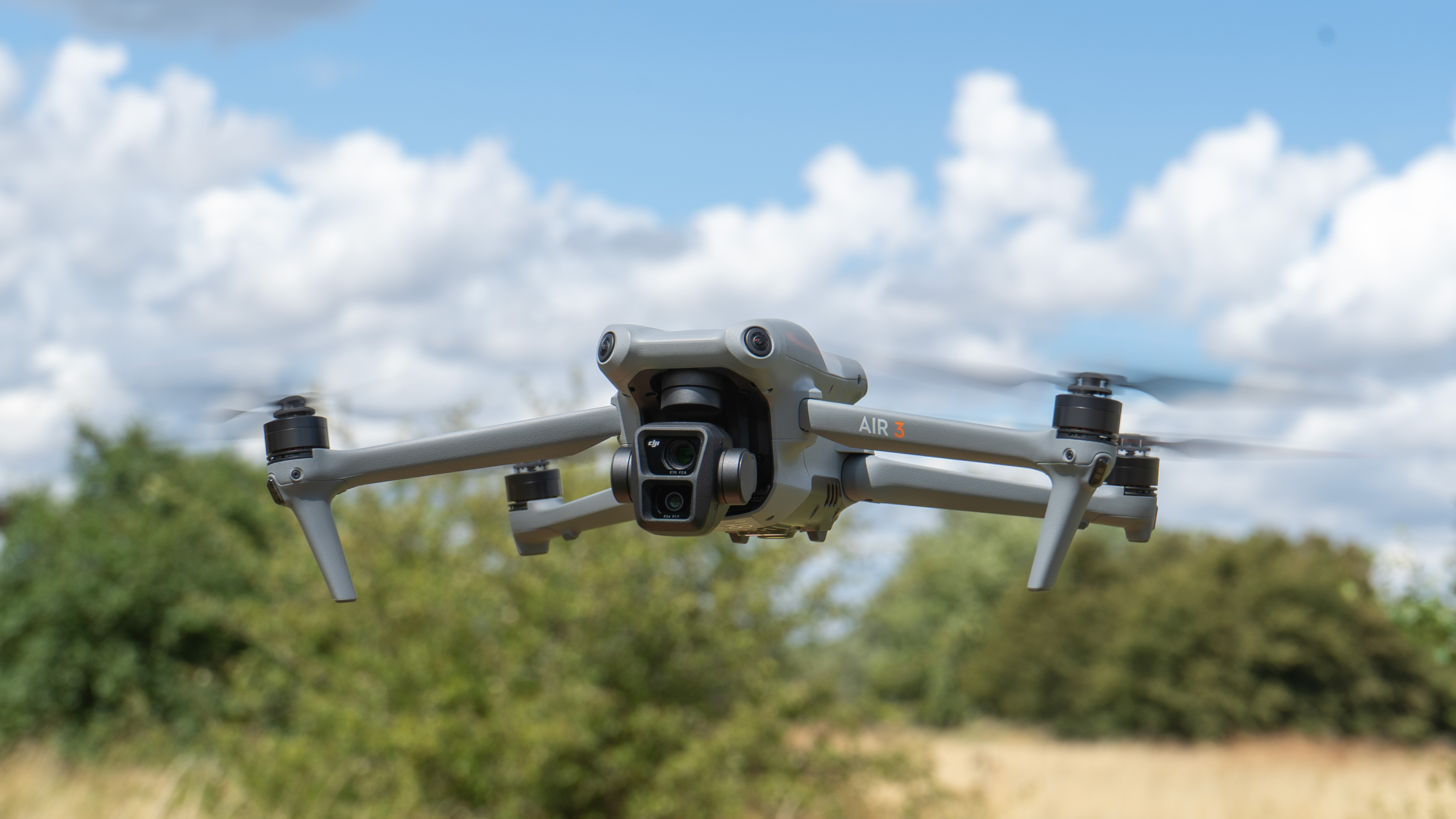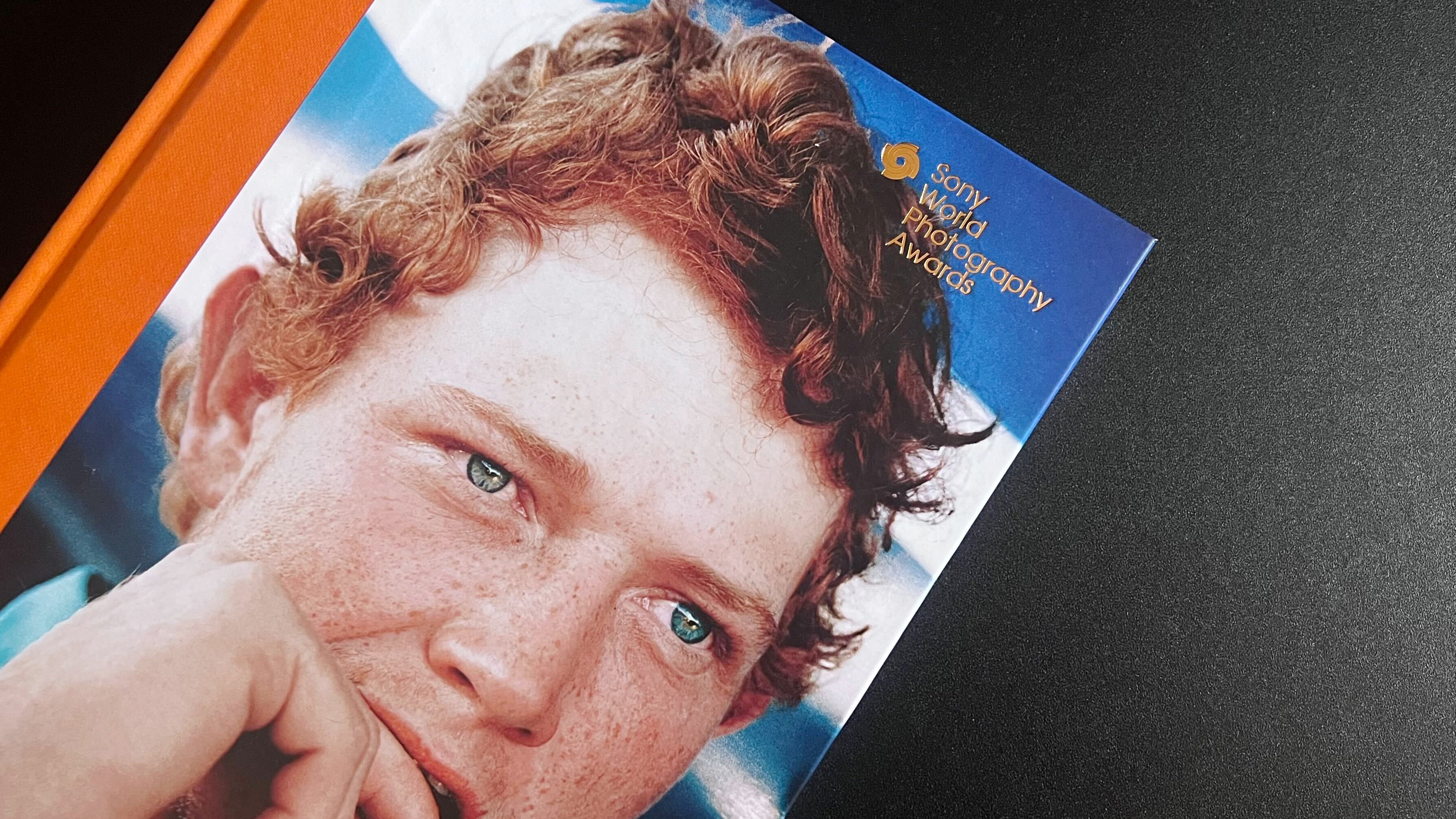With days to go, FAA to delay enforcement of Remote ID — and I'm glad
Unpublished American Federal Aviation Authority document kicks much-hated drone Remote ID requirements into 2024

Due to be published tomorrow, but already visible on federalregister.gov, a document from the American FAA indicates that authority will be delaying enforcement of the much-hated Remote ID of drones, at least until 2024. That could be good news for the 261,000 remote pilots and 328,000 recreational pilots who are thought to be unequipped with Remote ID.
Remote ID is, in effect, a digital license plate for drones which – in the US, at least – and was set to become compulsory on all drones on the 16th of September (in two days). Technically it still will, but it seems enforcement is being delayed.
The idea of Remote ID is that "unmanned aircraft systems (UAS)" broadcast their ID number, location, altitude, velocity, flight time, where their controller is and where they took off from so nearby aircraft (and enforcement agents) can track them.
In practice, compliance is not going to be necessary for everyone. Drones under the 0.55 point (250g) weight threshold like the DJI Mini 2 SE can be operated under a recreational exception and all the user needs to do is pass an online safety test known as TRUST - The Recreational UAS Safety Test.
There are also some dedicated spaces for hobbyists using drones without the technology.
While the slightly confusing letter couches the non-enforcement in soft terms – "the FAA will consider all circumstances, in particular, unanticipated issues with the available supply and excessive cost of remote identification modules..." the FAA's own site is lot more blunt, saying FAA Extends Remote ID Enforcement Date Six Months.
Common drones that already feature remote ID include DJI Mavic 3 (all variants), DJI Air 2S, Air 3, DJI Matrice 300, DJI Matrice 30, DJI Mini 3 Pro, DJI Mavic2 Enterprise Advanced, DJI Phantom 4 RTK, Skydio 2 (and others).
Get the Digital Camera World Newsletter
The best camera deals, reviews, product advice, and unmissable photography news, direct to your inbox!
Software updates will make the Phantom 4 Pro V2, Mavic Air 2, Mavic 2 Zoom, Mavic 2 Pro, and DJI FPV compliant later this year according to DJI.
If you're thinking "I'm not American, this doesn't apply to me" you're wrong! Of course it does. The success (or embarrassing failure) of such an influential country in applying these restrictive requirements is watched carefully around the world.
I'm relieved to see that the documents openly mention the fact the parts were more expensive than expected, as well as admitting delays in the FAA certification process.
This seems a pleasing acknowledgement of the self-building and FPV community from which the drone world emerged and it's nice to see acknowledgement of the realities of life from a government bureaucracy rather than an obsessive and futile demand for security-led rules which – I'd suggest – reality has shown aren't as desperately needed as their fearmongering proponents first suggested.
It is only a delay, of course, but it's one that shows common sense seems to have the edge over the anti-drone panic that the tabloids have been through.
By the way, the DJI Air 2S is a compliant older model with a good camera being discounted since the Air 3 arrived:
If you're looking for a lightweight drone to sisdestep this discussion, check our list of the best beginner drones but don't forget, as we said, most of the models on the best camera drones list will also comply out of the box.

With over 20 years of expertise as a tech journalist, Adam brings a wealth of knowledge across a vast number of product categories, including timelapse cameras, home security cameras, NVR cameras, photography books, webcams, 3D printers and 3D scanners, borescopes, radar detectors… and, above all, drones.
Adam is our resident expert on all aspects of camera drones and drone photography, from buying guides on the best choices for aerial photographers of all ability levels to the latest rules and regulations on piloting drones.
He is the author of a number of books including The Complete Guide to Drones, The Smart Smart Home Handbook, 101 Tips for DSLR Video and The Drone Pilot's Handbook.
